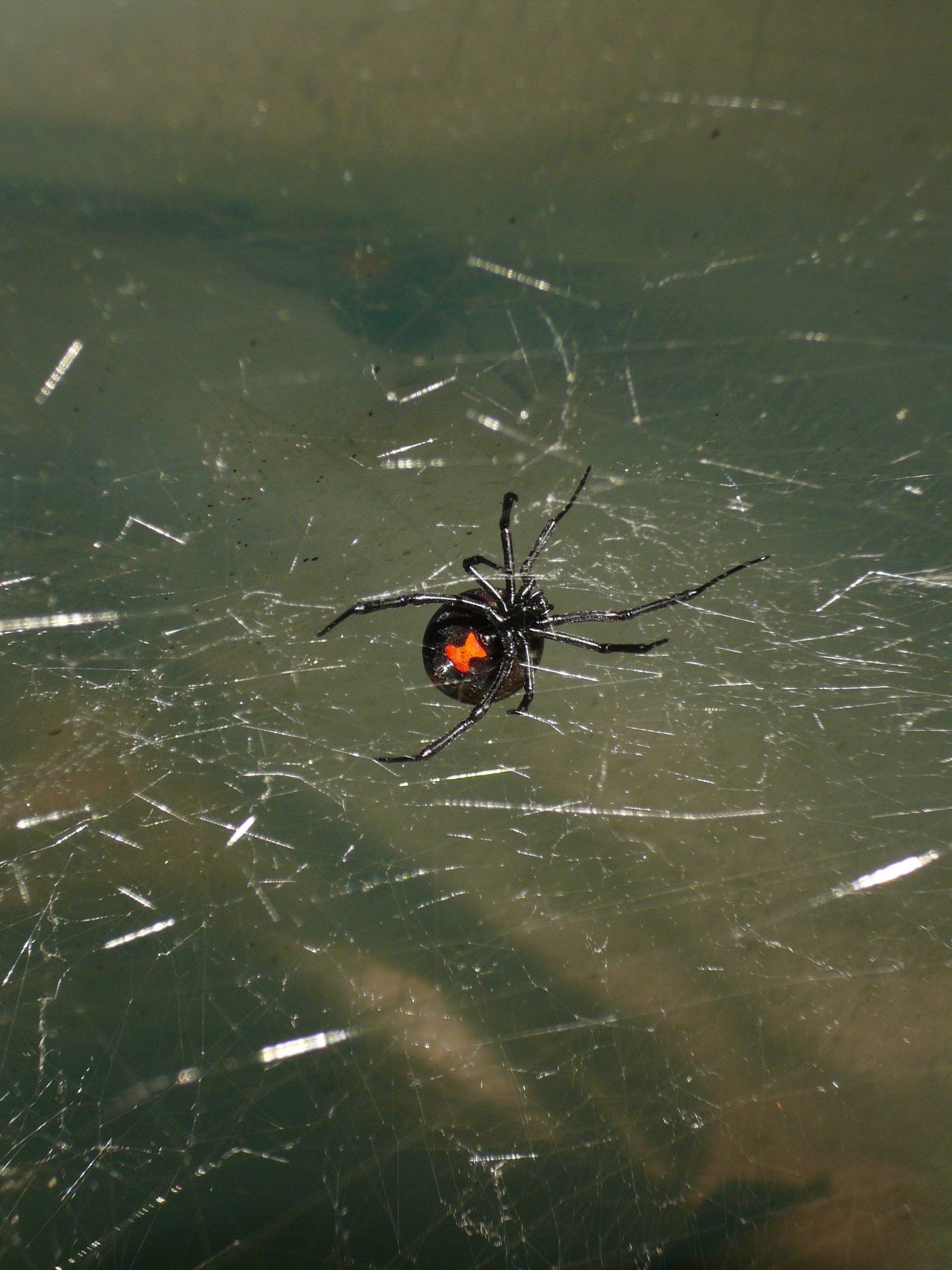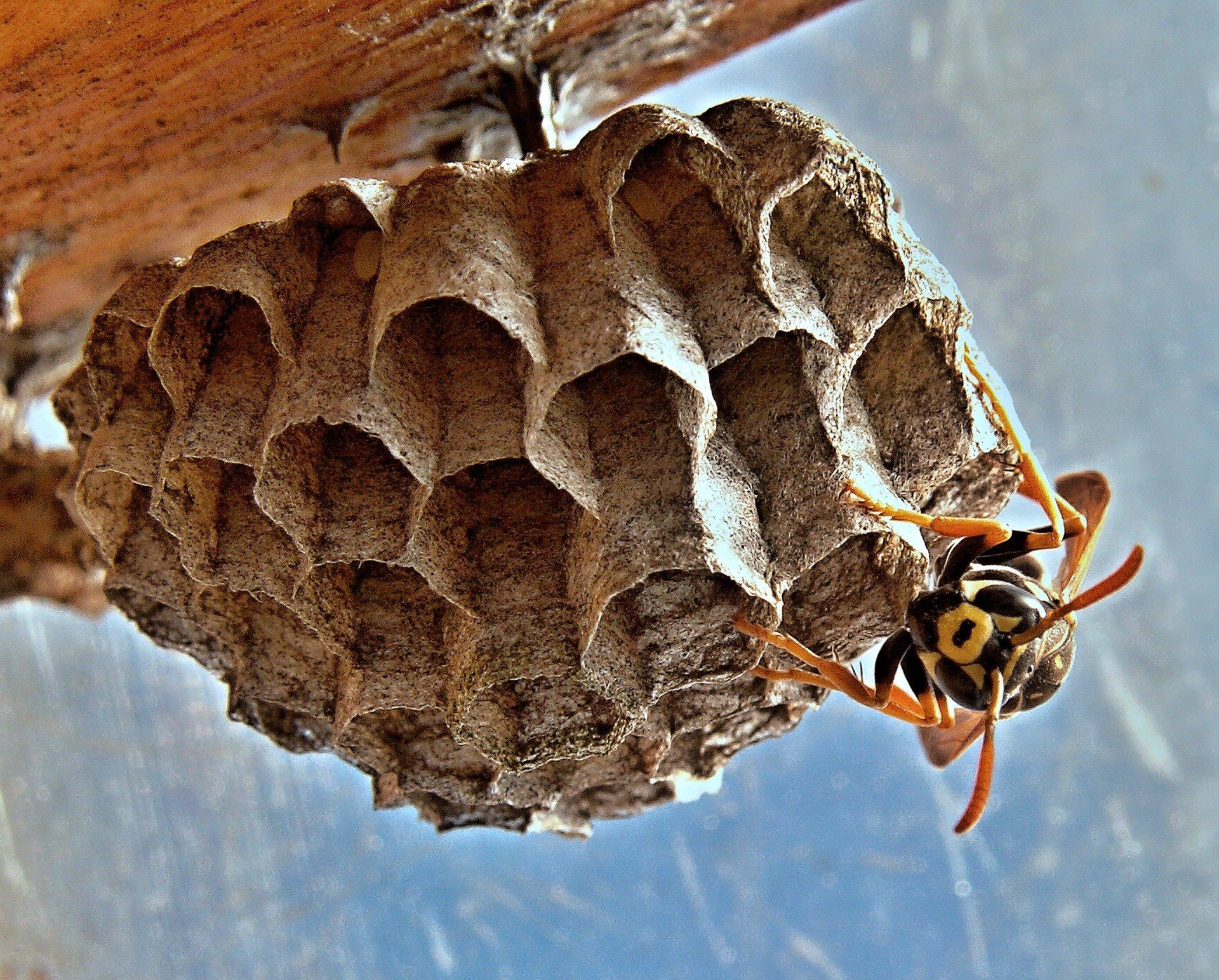howard's pest control
- Will Active Ingredients in In2Care affect non-target insects, pets or people?
The active ingredients in our Trap are not toxic to birds or mammals. We make use of a biological fungus that is only toxic to insects. This larvicide is approved by WHO to be used on drinking water and specifically targets mosquito larvae. In the low concentrations used, this product is practically not toxic. Further, the container itself is attractive to mosquitos not beneficial insects.
- How long will it take to work?
In2Care Mosquito Trap will take approximately 2-3 weeks for results to be seen, as the next generation of mosquitoes are affected.
- I still see flying mosquitoes - is it not working?
• If this is shortly after application, please note that the In2Care Trap has a delayed effect as mosquitoes will die within 8-10 days and will also spread the growth regulator and prevent development of new mosquitoes. The fungus infection, however, also reduces the mosquito’s capacity to feed so you may still see flying mosquitoes but there will be much less biting.
• Another reason can be a mosquito bloom after heavy rains. Aedes eggs can remain dormant for many months and will develop after rain in newlyformed clean water puddles. In2Care Traps can control this population increase, however because of its delayed effect it may take 1-2 weeks to again reduce the biting adults.
• Besides the delayed effect of the In2Care trap, there may be mosquitos that fly into the In2Care control zone from other areas. This is especially true of Aedes mosquitoes, which can travel over
200 yards to find a blood meal and breeding place. If they enter the trap, they will die within 8-10 days and will also spread the growth regulator.
- Will it work on other mosquitos?
The In2Care Mosquito Trap is designed and EPA labeled for the control of Aedes aegypti and albopictus, mosquito species (day biters) that are known vectors of the Dengue, Chikungunya and Zika virus and breeds typically in (man-made) containers. However, although not specifically labeled for other mosquito species that also use these types of breeding places, some Culex mosquitoes will also be attracted and impacted by the Trap. The dissemination/spreading effect of the larvicide, however, is specific for the Aedes mosquito.
- Will a lot of rain reduce efficacy?
Rain will not reduce efficacy. PPF is very potent and active at concentrations of only 10 parts per billion. The water in the trap will contain enough PPF to kill mosquitoes even when rain dilutes the content: results show it to still be effective at 2000-fold lower concentrations. It is very important to keep the gauze dry.
- What about sprinklers?
Generally, sprinklers are not an issue as it aids in keeping the In2Care trap at the recommended water level. However, sprinklers pointed directly at the trap (almost horizontal spray) may get the netting inside the trap wet, which will reduce efficacy. Vertical rainfall/sprinkler water entry into the trap is not an issue.
- What about fish such as in Koi ponds?
The growth regulator portion of the active ingredients can be toxic to fish in high doses. However, it is almost impossible to have mosquitos transfer enough product to a typical pond to harm fish such as koi. The only way such an exposure could happen is if the contents the entire bucket were to be emptied in the pond. Even then, the harm to fish is remote.
- I have dogs. Does it need to be anchored?
If the unit will be placed in an unstable area or is susceptible to winds and other animals knocking it over, stability can be improved by fixating the Trap to an anchor.
- How long will the Trap last?
It is recommended to replenish the water in the Trap together with the new refill every 4 weeks. The Trap is designed so that rainwater automatically fills it in the period between refills. However, during dry periods or dry areas, it might be necessary to add water every 2-3 weeks. This can be done without removing the lid, by gently pouring water on top of the lid.
- Can the product be used indoors?
Our product is EPA approved for outdoor use only. Additionally, the Aedes mosquito will most likely not often seek for breeding sites indoors. Since there are less standing water sources available and the environment is often cooler due to air conditioning.
- Is the In2Care Mosquito Trap trapping Mosquitoes?
No, this product does not trap mosquitoes. It acts as a dissemination unit. Mosquitoes will lay their eggs inside the water-filled units when sitting on the powdered gauze. They will be contaminated by the larvicide and fungus powder. They will fly out of the Trap and spread the larvicide that sticks to their body to surrounding breeding sites when laying more eggs. The fungus will kill the mosquitoes after a few days.
- Is it organic?
1. Mosquito adulticide - Yes, the Fungus spores are an organic adulticide.
2. Mosquito larvicide (Pyriproxyfen (PPF)) - No PPF is not an organic larvicide. It is an EPA-registered juvenile hormone analogue; a chemical that mimics a specific natural hormone involved in the growth and transformation from larvae into adult mosquitoes. In this product PPF is used in
very small amounts (0.35 gram every 4 weeks). it requires less than 10/ppb to affect the water source making it a very “low impact” chemical. Due to the exploitation of the Mosquitoes skip-oviposition behaviour, where the PPF will effectively be spread only to target area’s (other cryptic breeding sites) via the mosquito, no chemicals are unnecessarily spread in the environment. This makes it harmless to bees and other beneficial insects.
- Is there any data on what is the largest body of water that an infected mosquito can effectively contaminate to have the pyriproxyfen be effective?
Aedes typically prefers small artificial containers for breeding. They do not breed in ponds or pools of water. From experiments in the lab we know that a single mosquito can effectively contaminate water bodies of 5 Liters (1.3 gallon). Pyriproxyfen dissolves in the water and is effective in
concentrations of just 10 parts per billion. In the field, there will also be accumulation of pyriproxyfen from multiple contaminated mosquitoes over time. Aedes prefer breeding sites where mosquito larvae are present (that emit a
specific smell) so you will have several mosquitoes visiting the same breeding source and spreading pyriproxyfen. From field studies in the Caribbean we learned that even large rain barrels could be effectively treated, probably due to this accumulation effect from multiple mosquito visits.


